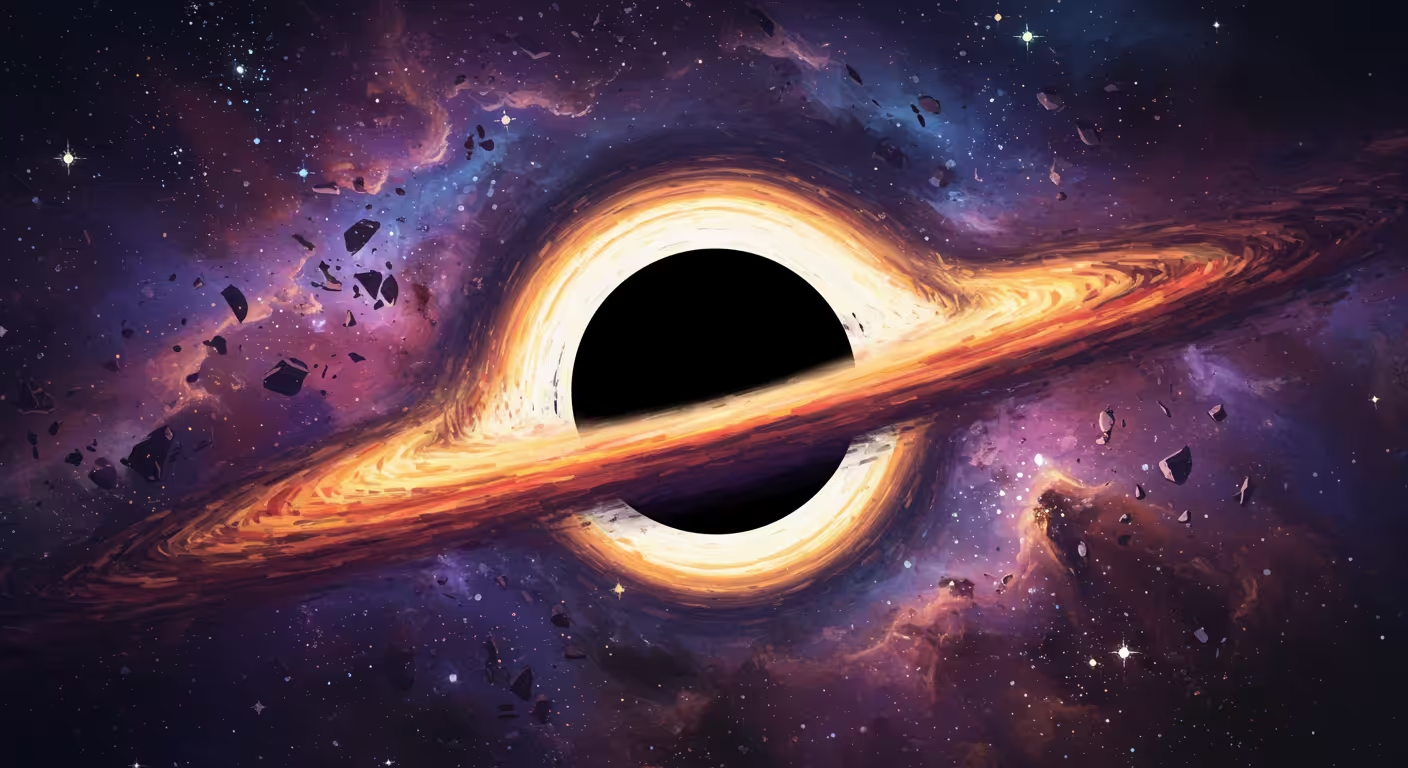- Sections
- Ruby
- Web Development
- Artificial Intelligence
- Urban Planning
- Astronomy
- Issue Navigation
- Previous Issue
- Next Issue
Tuesday, September 16, 2025
The Digital Press
All the Bits Fit to Print
Tuesday, September 16, 2025
All the Bits Fit to Print
James Webb Telescope discovers an isolated massive black hole in the early universe challenging galaxy formation theories.

The James Webb Space Telescope has discovered a massive black hole weighing 50 million times the sun’s mass, existing alone without a surrounding galaxy just 750 million years after the Big Bang. This challenges existing theories that black holes form only after galaxies and stars develop.
Why it matters: This finding contradicts the traditional model where galaxies form before black holes, suggesting black holes might arise independently or even before galaxies.
The big picture: Hundreds of similar "little red dots" hint at a chaotic early universe where black holes and galaxies formed simultaneously or independently.
The stakes: Understanding these "naked" black holes could rewrite cosmic history and impact theories about the universe’s formation and evolution.
Commenters say: Many highlight JWST’s revolutionary role, debate possible origins like primordial black holes or direct gas collapse, and appreciate the reminder that science constantly evolves with new data.